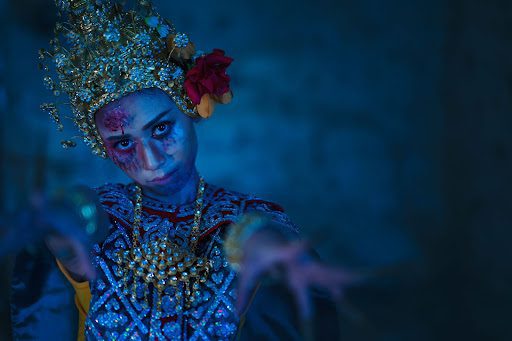
With Halloween right around the corner, we’re preparing our Thai ghost costumes and eating our favorite Thai candy! In Thailand, there are many superstitions roaming around, from avoiding pointing at a rainbow to avoiding having a haircut on Wednesdays! Thai culture has many supernatural beliefs, including scary ghosts, horror stories, and haunted houses.
Get the popcorn and candy ready as we delve into more hair-raising stories!
Kamchanod Forest
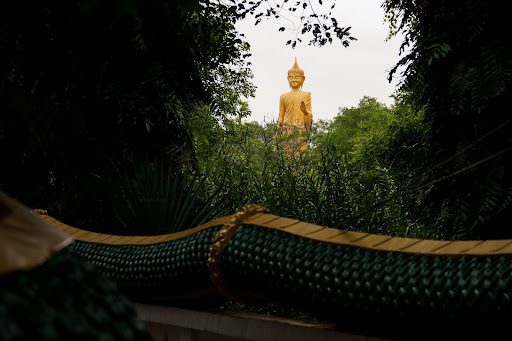
Within a small island in Udon Thani Province is a forest entirely cut off by waterways, known as Kamchanod Forest. In the forest are caves that are reputed to be an underground, mythical kingdom of Phaya Naga, a mythical serpent-like creature. Ancient folklore states that each year at the end of Buddhist Lent, Phaya Naga breathes giant fireballs into the sky to help Buddha in his heavenly descent.

The forest is also known for the modern-day ghosts that haunt the woods. In 1987, a film crew set up camp in the forest for an open-air cinema during nightfall. The crew decided on Kamchanod Forest due to a request from an anonymous caller, asking them to go to the forest at night. While there, they encountered a large crowd who were silent and peculiar. Legend has it that the large group of people were actually ghosts!
Krahang
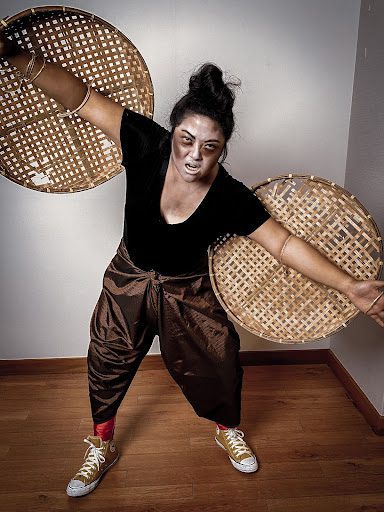
When a man who uses superstition cannot control a powerful spell, the spell enters his body and he becomes Krahang. This male spirit of Thai folklore appears as a shirtless man wearing a traditional loincloth who flies during the night. With rice baskets as wings, Krahang flies through the skies; he has been blamed in the past for attacks on women in Thai villages.
Bang Pu Shoe Factory
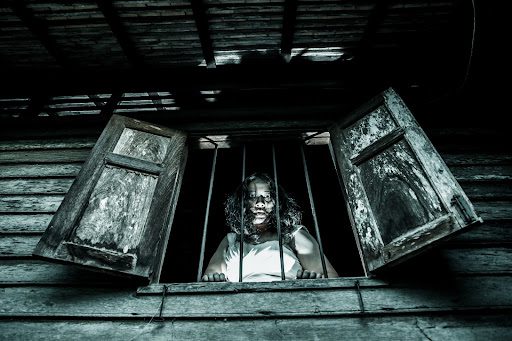
At an abandoned shoe factory in Samut Prakan, tortured souls roam the grounds where no one dares to enter. Bang Pu Shoe Factory suffered a freak accident that led to many casualties of workers and injuries of many more. After the accident, where the air compressor blew up, the factory owner continued business. However, many employees started to leave once they began to encounter angered spirits of fellow workers.
This caused the business to quickly tank and would inflame the rumors and speculation within the local community. So overwhelmed by the massive plunder, the owner committed suicide at the factory. To this day, the ghost stories that surround Bang Pu Shoe Factory have caused no one to step foot inside. Some locals say they occasionally get the whiff of newly burnt embers shadowed with the screams of workers still trying to find their way out.
Phi Am

Have you ever experienced sleep paralysis? While sleeping, you feel a heaviness on your chest so intensely making it incapable of moving, and many have recounted that the experience is quite terrifying. In Thai folklore, it is rumored that a spirit known as Phi Am sits on a person’s chest while sleeping, causing discomfort or sleep paralysis. Some people have even said that Phi Am has left them with scrapes and bruises! Medical officials and civilians now use “Phi Am” to describe sleep paralysis itself.
Ko Kham Noi
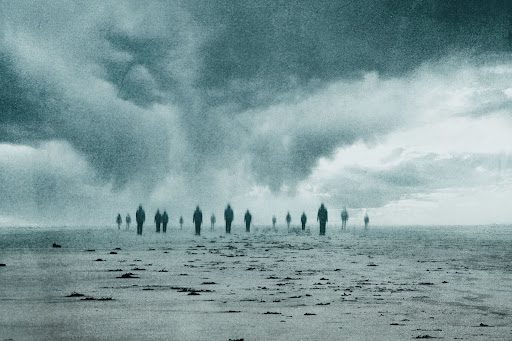
If you’re thinking about island hopping in Thailand and love the paranormal, consider visiting one of Thailand’s most spooky destinations. Close to Pattaya City, Ko Kham Noi is nestled on the eastern Thai Gulf with a haunted history where visitors have claimed to encounter visions and hear strange sounds. During World War II, Ko Kham Noi was a military base for American soldiers. Once the deadly disease of Malaria hit, however, many soldiers lost their lives and were buried on the island. There have been reports of ghost sightings and unnatural noises, such as moaning and groaning. If you plan on visiting, be careful not to fall asleep on the beach during the night!
Phi Phlong
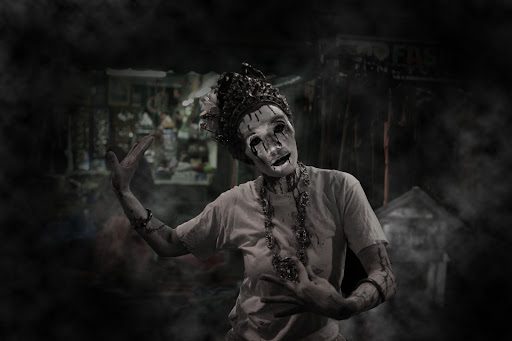
Be wary of who walks amongst you during the day, as they may transform into ghosts at night! A foul-smelling spirit known as Phi Phong appears as a normal person by day and a ghost by night. Phi Phong gets its strong odor from the peculiar foods it feasts proceeding, such as frogs. If one hears a frog nearby, they run inside due to the fear of running into Phi Phong. This smelly ghost is harmless until it feels threatened, which opens the possibility of you becoming like Phi Phlong yourself if he attacks and you ingest his saliva!
Have A Happy Thai Halloween!
We hope you enjoyed these haunted stories from Thailand! There are many more haunted destinations, Thai ghosts, and scary stories in Thailand. Check out our post on The Most Horrifying Ghosts in Thailand and Haunted Places We Dare You To Visit In Thailand. Happy Halloween!
